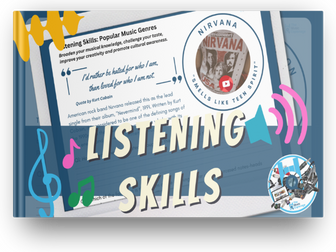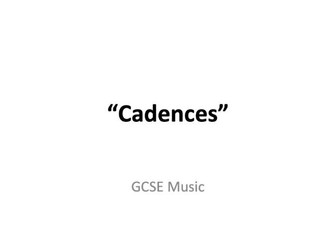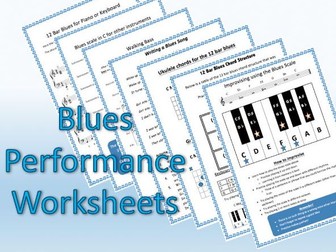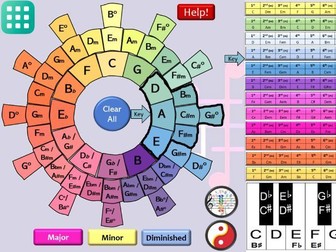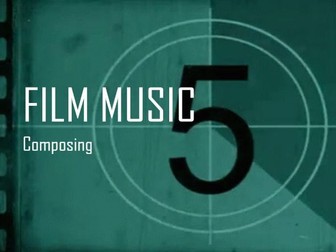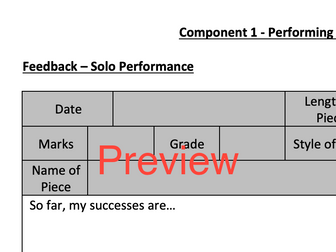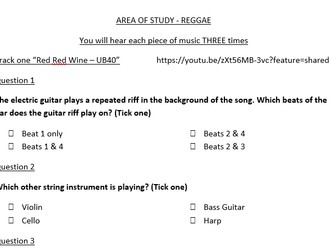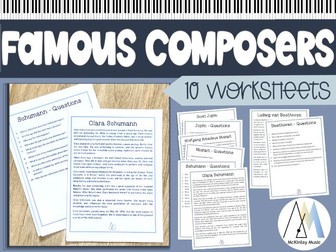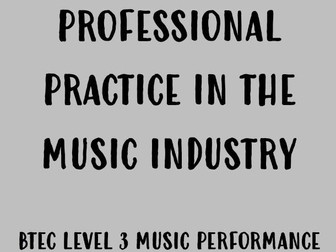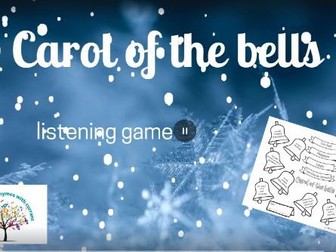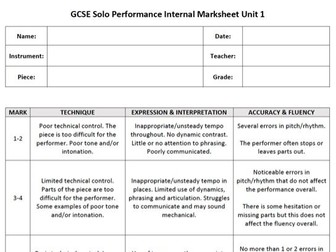Listening Skills Task - Nirvana: Smells Like Teen Spirit - Grunge Music
<p>Improve your students’ listening skills and help them develop their auditory perception with this range of engaging worksheets! This resource features thought-provoking questions and exercises to help students develop their understanding of a broad range of different musical styles; everything from Jazz, DooWop, Grunge, R&B, Rock and Roll, Gospel and many, many more.</p>
<p>The worksheets come with a range of different listening questions, from multiple-choice, to short statements and those that require longer, more detailed responses. Moreover, every worksheet also has a related “Further Analysis & Discussion” question. Each of these is unique, and an excellent way to build upon knowledge gained and spark further classroom discussion in small groups or with the whole class.</p>
<p>Each listening skills exercise comes with a printable worksheet, a Powerpoint version to use at the front of the classroom, great to share answers and write directly on using Smartboards. A printable Answer Sheet, saving you time with marking. Finally, a Google Slides version, which you can save to your own Drive, and a TpT Easel activity for learners to complete and submit online.</p>
<p>American rock band Nirvana released this as the lead single from their album, “Nevermind”, 1991. Written by Kurt Cobain, it is considered to be one of the defining songs of the 1990s and the Grunge movement as a whole, with its raw energy and anti-establishment attitude.</p>
